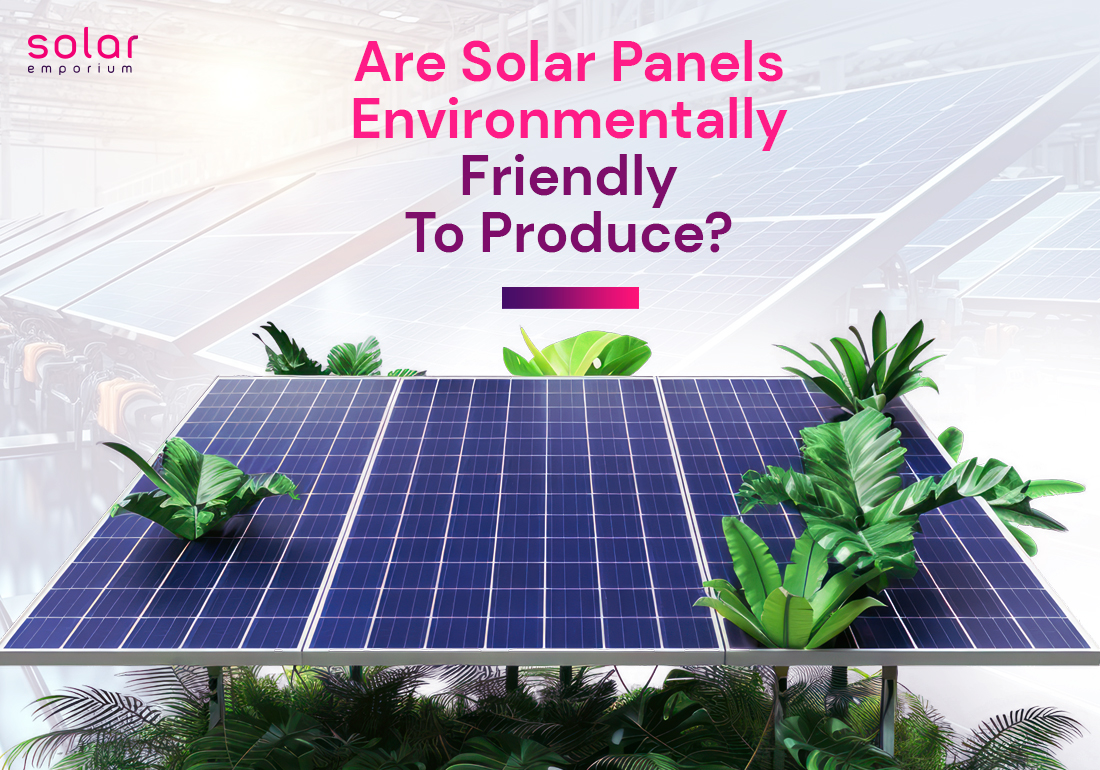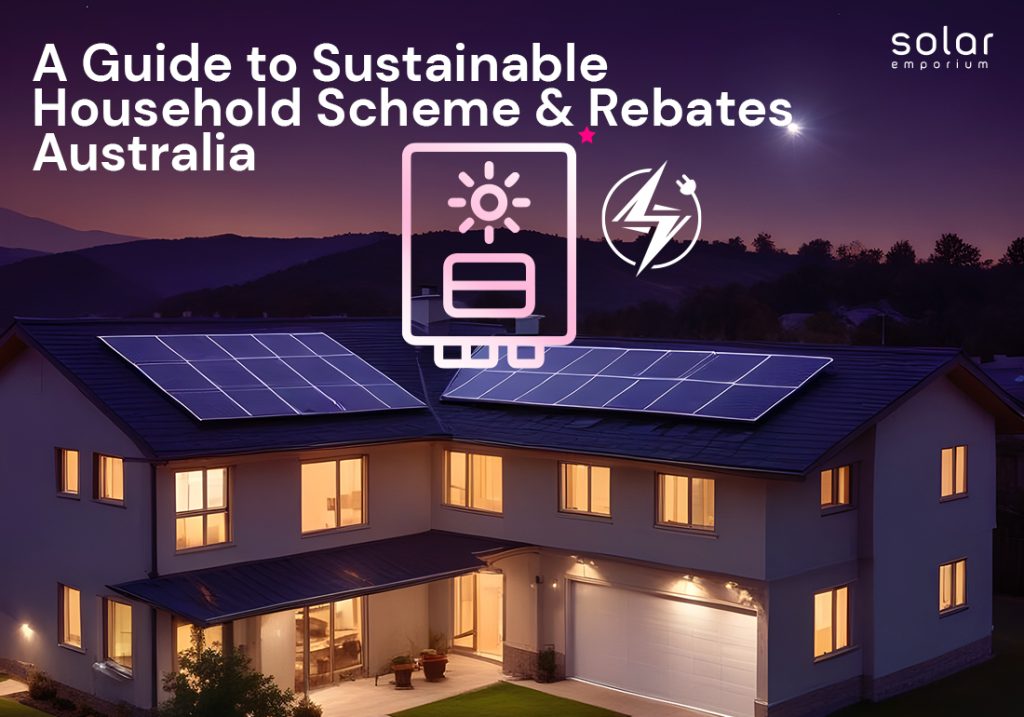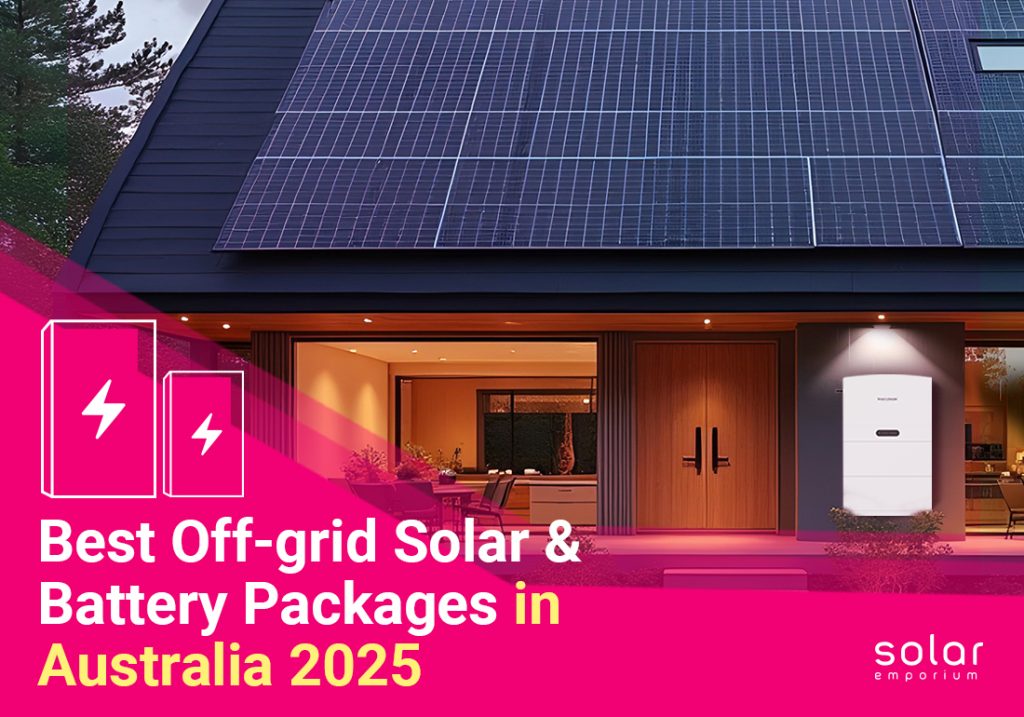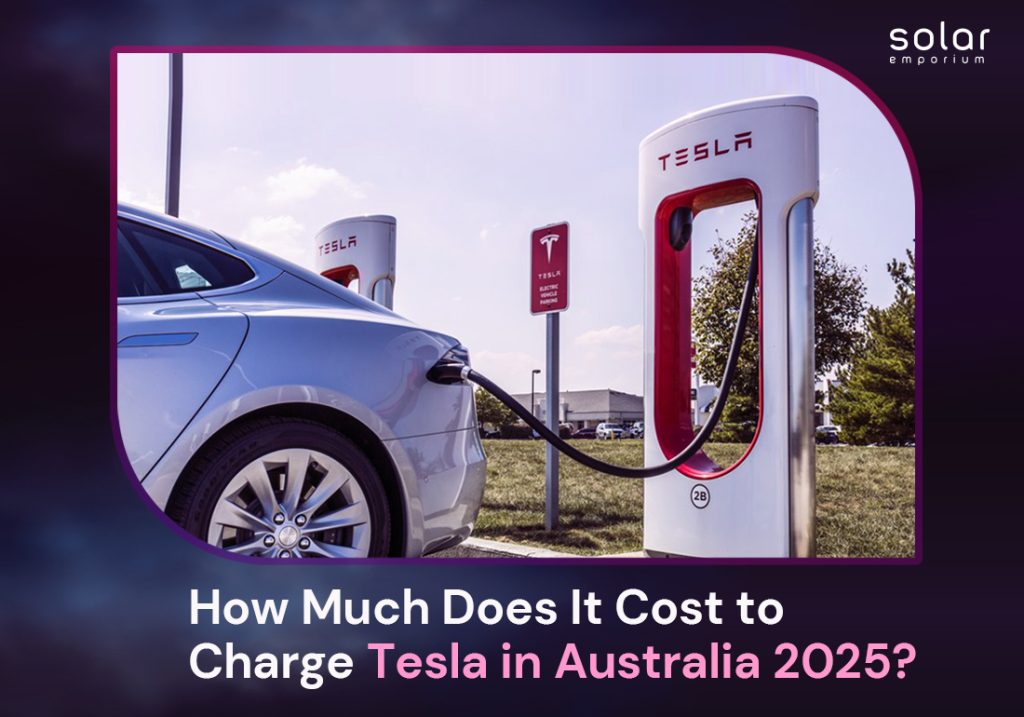While promising to transform sunlight into sustainable energy, solar panels shine as one of the brightest solutions in the modern era. However, before basking in the spark of this renewable revolution a pressing question might cross your mind: Are solar panels environmentally friendly to produce?
Ironically, even though solar panels have contributed a lot to reducing carbon footprints the production of solar panels has its own set of environmental consequences.
In this blog, we’ve determined the complexities behind the design of solar panels. Besides we tried to shed light on whether solar panels are eco-friendly enough to live up to the promise of ensuring a green future from the beginning to the end.
A Journey into the History of Solar Panels
In the quest for sustainable energy sources, the solar panel is the key technology utilizes sunlight and converts it into usable electric energy. Even though solar panel production started to boom in the mid-20th century, the first solar cell was invented by the French physicist Alexandre Edmond Becquerel in 1893.
He was the one who discovered the photovoltaic effect, a crucial process that generates an electric current in a photovoltaic cell when it is exposed to heat or sunlight.
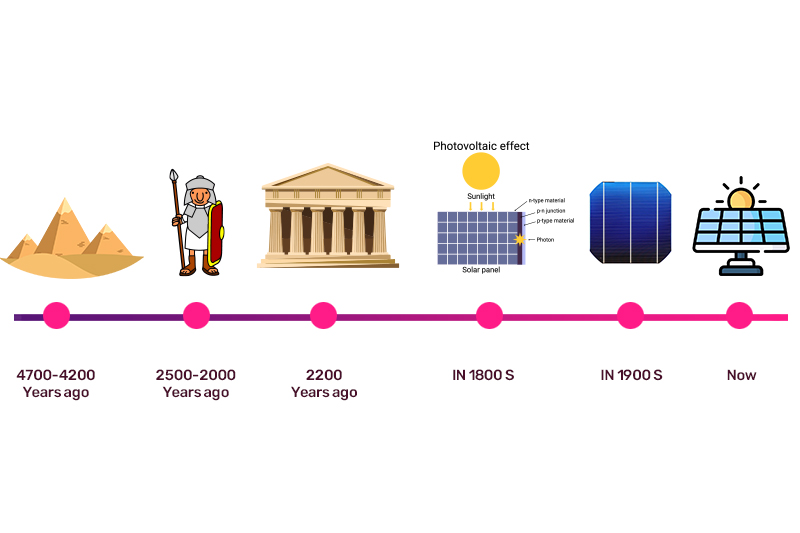
Unveiling the Types of Solar Panels
When you are ready to step into a brighter and more sustainable future, installing solar panels can be a great option. But the question is, do you know which type of solar panels are best suited for your energy needs and budget?
Evidently, it appears that just a small number of people are aware of the several widely accessible technologies in the solar market. So, first understanding the underlying techniques of solar panel production is a must.
However, there are usually three major types of solar panels available and the type you want depends on the system and area where you are planning to install them.
So, let’s delve into the details of solar panel types to get a vivid idea about each of them:
- Monocrystalline Panels
Monocrystalline solar panels are considered one of the purest and most used solar panels among the three types. This panel is designed with single-cell silicon crystals lodged between thin sheets of glass which give them a uniform dark look.
In the case of energy conversion, Monocrystalline panels have a higher efficiency ranging between 19 to 22%. It is compact, requires less space, and has a high-power output. Therefore, when you have a limited space and a high budget this type of panel is going to be an excellent addition.
- Polycrystalline Panels
Polycrystalline Panels are created by melting multiple raw silicon crystals together. Rather than utilizing blocks, this type places the melted particles onto the panel. They typically have a bluish hue and a square shape with straight edges, making them easily distinguishable.
This type of panel can be made easier and faster by performing simple steps. That’s why they cost less than Monocrystalline panels and are less efficient in extreme temperatures.
So, do you think you can compromise with lower efficiency (around 15% to 17%) for a more budget-friendly option? Then, consider installing polycrystalline panels.
- Thin-Film Panels
Thin Film Panels are the last type of solar panel that has a different building chemistry than the other two. They are very light and flexible as they are composed of multiple thin layers of photovoltaic materials instead of silicon wafers.
Despite having lower efficiencies, which tend to be around 11%, and power capacities these panels are so flexible. Thus, it opens a lot of opportunities for alternative applications.
In addition, they have very low upfront costs as they can be easily made with minimal materials and leave a smaller carbon footprint in the environment.
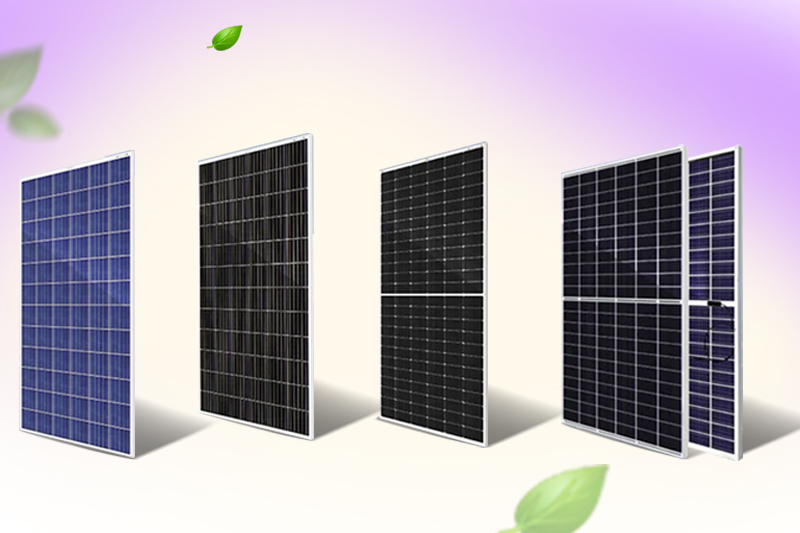
How Much Better is Solar for the Environment?
To have deeper insights into solar panel’s environmental impacts we need to analyze the economic, environmental, and social effects throughout the lifecycle of a solar panel. They have both positive and negative impacts on the environment.
So, before installing the Solar panels and battery solution, let’s see both sides of the coin and make an informed choice.
The Positive Environmental Impact of Solar
The household in Australia continues to embrace renewable energy reflecting the fact that the nation wants a reliable energy-saving solution. Over the past 5 years, they have made remarkable strides to achieve a cleaner, brighter future.
Also, the surge in Australian solar panel production, the adoption of new technologies, the progress in battery storage, and government rebates in Australia illustrate the growing awareness of environmental issues and a desire for energy independence.
Here are some positive impacts that make solar panels an appealing choice for renewable energy production:
- Solar panels lower grid dependence enhancing energy security
- It generates electricity without emitting greenhouse gases, so it doesn’t contribute to global warming.
- It promotes the use of natural resources in a sustainable way.
- The solar panel system provide long-term savings on an electric bill, bringing financial stability to the economy.
- Due to flexibility, it can offer customized solutions to customers according to their energy needs and budget.
- Ensure a reliable source of energy with a lower maintenance cost.
- With consistent performance, solar panels provide a long-term solution for energy needs.
Environmental Consequences of Producing Solar Panels
Manufacturing raw materials for Solar Panels is one of the crucial parts that involves several adverse effects on the planet.
This process involves extraction, heating, melting, and purification of raw materials before obtaining the final product.
Here we’ve curated a list of raw materials along with their extraction process and the impacts they leave on the environment:
Silicon
- Extraction:
Silica, also known as quartz, has a high silicon dioxide (SiO2) content and can be refined into silicon. This process requires heating the material at a high temperature around 4,000° F before being chemically treated. During melting, solid silicon and carbon monoxide are formed, and further treated with oxygen to remove all impurities.
- Impacts on the environment:
The process of obtaining pure silicon by heating and melting contributes to hazardous gas emissions along with soil erosion and water contamination.
Silver
- Extraction:
80% of the world’s total silver production is generated from the byproduct of other minerals like gold, lead, zinc, and copper. However, the remaining 20% is derived from open-pit mining operations. After extraction, these ores are crushed, grounded, and separated by floating. Later it undergoes an electrolysis process for further concentration.
- Impacts on the environment:
Silver processing releases toxic substances into the environment causing pollution and greenhouse gas emissions. Besides, mining silver involves the generation of waste materials, soil and land degradation, and water usage.
Aluminum
- Extraction:
Bauxite ore is the main source of aluminum extracted from the soil using a surface-based technique known as open-cut mining. After being extracted, the ore is dried, crushed, and cleaned in preparation for processing and export.
- Impacts on the environment:
High concentrations of aluminum can be very toxic to aquatic animals.
The environmental impact includes habitat destruction and pollution of nearby water bodies due to the overflow of mining waste. It also generates waste products that can impact the environment if not properly disposed of.
Glass
- Extraction:
Silica, soda ash, and limestone are the main elements required in the manufacturing process of glass in solar panels. The production process includes high energy consumption and can produce emissions.
- Impacts on the environment:
The main impact on glass production’s environment comes from the emissions of different harmful gases into the atmosphere during the melting process. The produced greenhouse gases greatly affect the soil, water, and air quality leading to pollution.
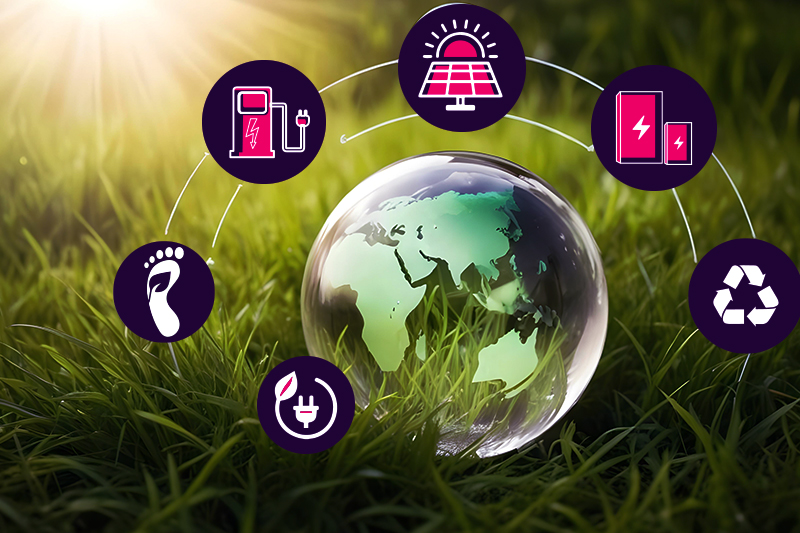
Does the positive outweigh the Negatives?
In most cases, the positive impact of solar panels stack up the negative effects on the environment that are associated with their production phase. According to various studies, their ability to provide clean, green renewable energy creates a special milestone by reducing dependency on fossil fuels and combating climate change.
Besides that, organizations are taking different majors to minimize the production impact, such as solar panel recycling, less use of harmful materials, and proper disposal methods. This paves the way for transitioning to a more environmentally friendly solution by eradicating the negative effects.
The Battle Between the Solar and Other Renewable Sources
As the demand for sustainable energy solutions grows, switching to solar panels can be an environmentally friendly energy solution. Many households in Australia continue to embrace renewable energy and have already installed solar panels to reduce their carbon footprints.
But does that mean that is the only Solar offers a sustainable lifestyle? Definitely, no!
Nowadays, the debate between solar power and other renewable sources heats up, each competing for dominance with its distinct advantages and limitations.
So, let’s have a closer look at solar and other renewable sources before diving into their comparative analysis:
Solar Energy
Celebrated for the ability to generate electricity without emitting greenhouse gases, solar is a popular choice in the transition to renewable energy. Every second the sun generates 173000 terawatts of energy, and the best part is it is completely renewable.
After installation solar needs minimal maintenance with low operating cost and it’s compatible with any setup thus making your investment worthwhile.
Wind Energy
Wind energy is generated by capturing kinetic energy from the wind. This system needs to be placed offshore or in areas with strong wind patterns. It incorporates turbines with large blades that are connected to a central hub. This rotation of wind powers up the generator, altering the kinetic energy to electrical energy.
Although the initial cost of generating wind electricity is lower than that of solar power, wind turbines require significantly more maintenance.
Hydroelectricity
Hydroelectricity is another oldest form of renewable energy that generates electricity from the flowing water’s kinetic energy. This system functions initially by constructing dams and reservoirs over rivers and different flowing water sources like streams. As the water is released from the higher levels of these tanks it flows through the turbines making it rotate and generate electricity.
Building hydropower has many adverse effects on aquatic life including altered water flow patterns so as a sustainable energy solar has a minimal effect that hydropower and contributes more to maintaining biodiversity.
Biomass
Biomass energy is derived from organic material, such as agricultural residues, and animal waste. In this process, the biomass is heated to generate heat and converted to biofuels. These biofuels like Ethanol and biodiesel are then utilized in power plants for the production of electricity.
On the flip side, while comparing biogas and solar energy keep in mind that biomass production requires more areas than solar which might lead to deforestation and other environmental problems. Also, it can reduce air quality as it releases volatile organic compounds, such as Nitrogen oxides, and other harmful gases.
Comparative Analysis of Solar with Solar with Other Energy Forms
| Features | Solar Energy | Wind Energy | Hydroelectricity | Biomass |
| Source | Sunlight | Wind Turbines | Flowing Water | Organic materials( kitchen waste, crops, etc.) |
| Efficiency | 15-22% for PV panels and 30-50% for Thermal systems(efficiency varies by panel type and technology) | 30-45%� | 30-50%� | 20-30%� |
| Used Technology | Photovoltaic (PV) panels, solar thermal | Wind Turbines | Dams, flowing river systems | Combustion or anaerobic digestion |
| Dependency | Depends on sunlight, weather conditions, time of day, and location | Highly depends on wind rate, location, and turbine design� | Reliant on water flow consistency and reservoir levels | Relatively constant with proper agricultural practices and waste management technology |
| Cost | High upfront cost that is decreasing with innovative technology but ensures low maintenance cost | Remain stable but has a high maintenance cost | Initial cost is high but has relatively low, maintenance and functional costs | Cost varies, as it depends on the production of biomass and transport expenses |
| Environmental Impact | Zero emissions, except for manufacturing and disposal | Low, but it can affect wildlife creatures such as birds | Impacts aquatic life by causing instability in marine ecosystems and hampers the natural flow of water. | Produces carbon emissions and can impact land use for the growth of biomass |
Closing Remarks
In the closing line, when the talk is about solar panels and their impacts on the environment, it’s evident that they’re still a way better option than other non-renewable energy alternatives.
Still, there might be some concerns regarding solar panel production but with the advancements in technology and by following proper manufacturing practices, we can mitigate the problem and improve the environmental performance of solar panels.
They are not only illuminating our path to a sustainable future but also the most viable and impactful tools that lead us toward a greener, healthier world.
So, what are you waiting for? Contact Solar Emporium, the trusted Australian solar power retailer for any kind of assistance or your solar needs!
